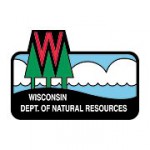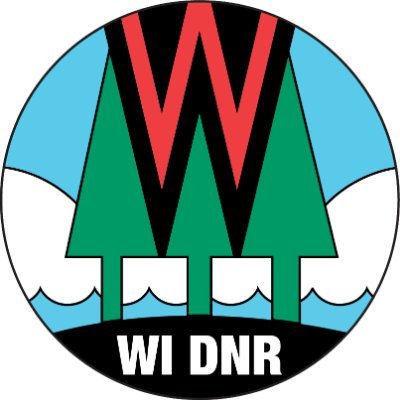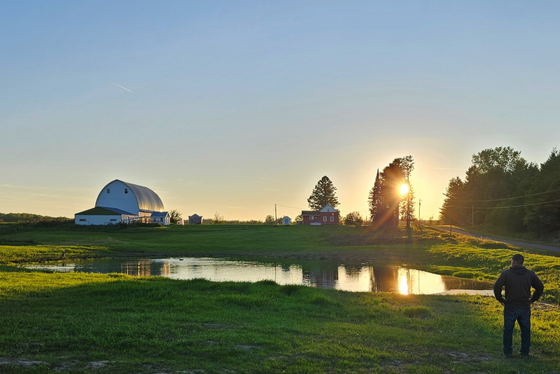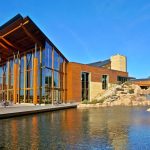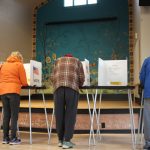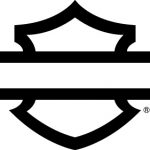DNR And DHS Publish 2020-2021 Fish Consumption Advisory
Choose Wisely Booklet Outlines Safe-Eating Guidelines For Fish
MADISON, Wis. – The Wisconsin Department of Natural Resources (DNR) and the Wisconsin Department of Health Services (DHS) today announced the release of the 2020-2021 Choose Wisely booklet, which identifies Wisconsin water bodies with elevated levels of contaminants.
The updated booklet outlines safe-eating guidelines for fish based on levels of polychlorinated biphenyls (PCBs), mercury and perfluorooctane sulfonate (PFOS) found in various Wisconsin water bodies. While fish are a primary source of important nutrients like omega-3s, they can also accumulate pollutants from their environment and food, causing health risks for humans.
Last published in 2016, the updated version contains several additions and changes including:
- Modifications to consumption advice for specific Lake Michigan, Lake Superior and Mississippi River fish;
- Less restrictive advice for certain species from the Fox River below the De Pere dam;
- New PFOS-based advice for Lake Monona and Starkweather Creek (Dane County) and the Wisconsin River (Biron and Petenwell Flowages); and
- Removal of PCB site-specific advice for Lake Mendota (Dane County).
“We test for contaminants in fish from several locations each year and use those results, along with past testing, to update advice for those newly tested waters,” said Sean Strom, DNR Environmental Toxicologist. “It is important for anglers who frequently eat fish to check for new advisory updates.”
Based on the levels of contaminants found, public health, water quality and fisheries experts from eight Great Lakes states and Ontario, Canada, determined the amount of fish that is safe to consume over the span of a person’s lifetime, as well as overall health impacts.
“By following Wisconsin’s fish consumption advice, you can enjoy the fun of fishing as well as obtain the health benefits that come from eating fish,” said Dr. Jonathan Meiman, DHS Chief Medical Officer. “If you eat fish, you should make sure to follow the guidance and advisories to help you to reduce your exposure to environmental contaminants that can build up in fish.”
The DNR encourages the public to follow these safe-eating guidelines to reduce the risk of ingesting unwanted contaminants.
Find location-specific consumption advice and additional information on the DNR’s website.
NOTE: This press release was submitted to Urban Milwaukee and was not written by an Urban Milwaukee writer. While it is believed to be reliable, Urban Milwaukee does not guarantee its accuracy or completeness.
More about the PFAS Problem
- MKE County: County Seeks to Sue PFAS Producers, Oil Companies - Graham Kilmer - Dec 10th, 2025
- Wisconsin Reviewing EPA-Approved Pesticides For PFAS - Danielle Kaeding - Dec 9th, 2025
- State Nears Settlement with Johnson Controls/Tyco Over PFAS Spills - Danielle Kaeding - Dec 4th, 2025
- Senate Bill Promotes Soybean-Based Firefighting Foam to Replace PFAS - Danielle Kaeding - Dec 2nd, 2025
- Test Results Show High PFAS Levels in Wisconsin’s Landfill Runoff - Danielle Kaeding - Dec 2nd, 2025
- Wisconsin Communities Get $282 Million for Drinking Water Projects - Danielle Kaeding - Nov 19th, 2025
- Gov. Evers, DNR Announce $282 Million to Improve Drinking Water Quality for Wisconsinites in 74 Municipalities - Gov. Tony Evers - Nov 18th, 2025
- Cleanup of PFAS Could Cost Wisconsin Billions - Danielle Kaeding - Nov 13th, 2025
- Cleanup PFAS Without Penalizing Innocent Landowners - Wisconsin Manufacturers & Commerce - Nov 4th, 2025
- Wisconsin Lawmakers, DNR Clash Over PFAS Protections in GOP Bills - Danielle Kaeding - Oct 8th, 2025
Read more about PFAS Problem here

